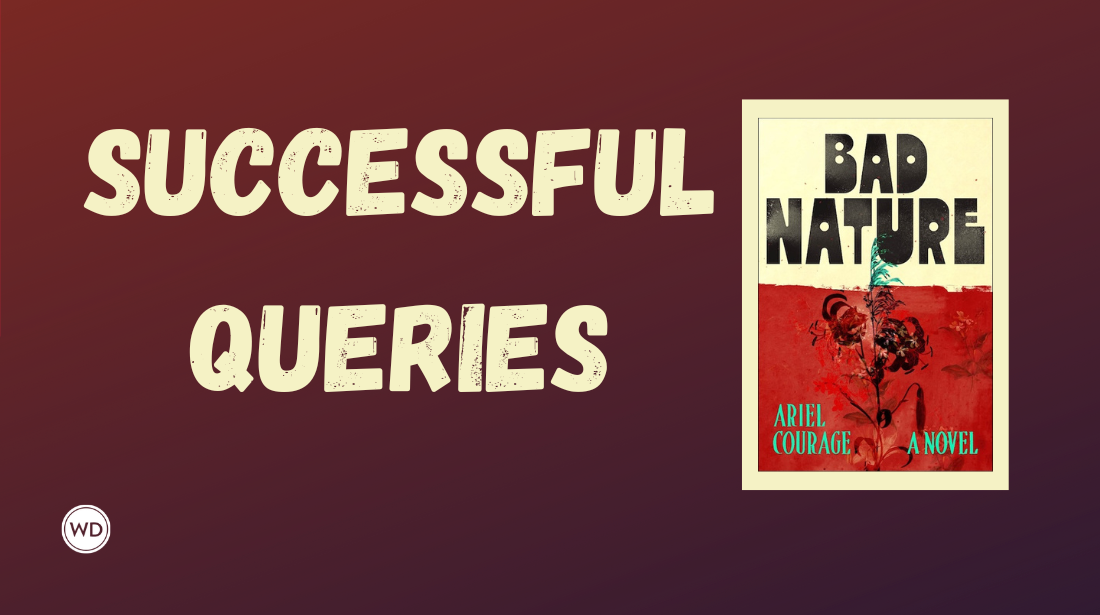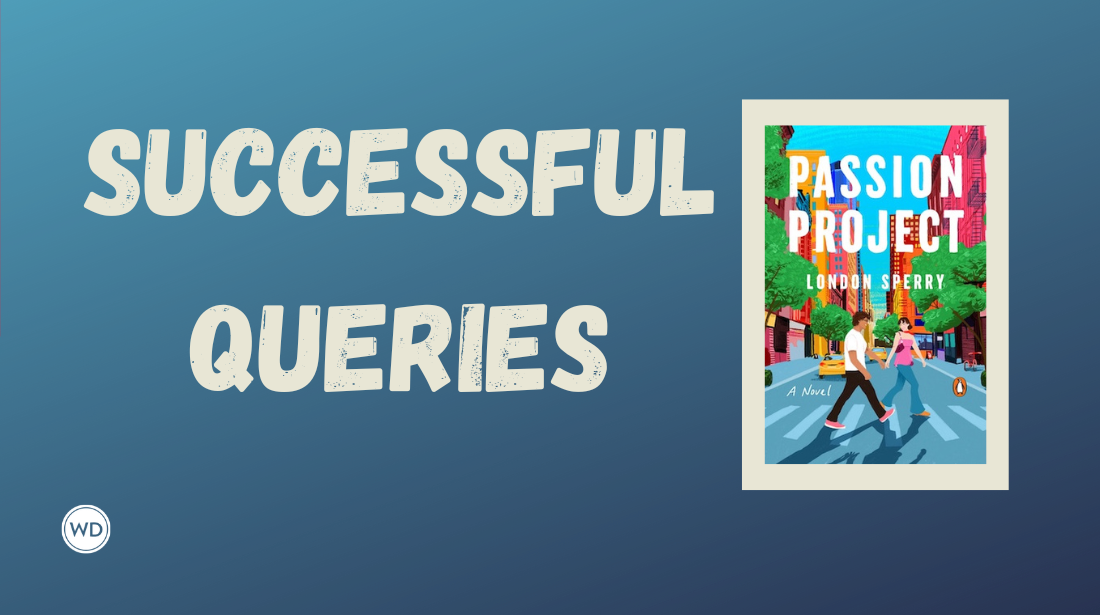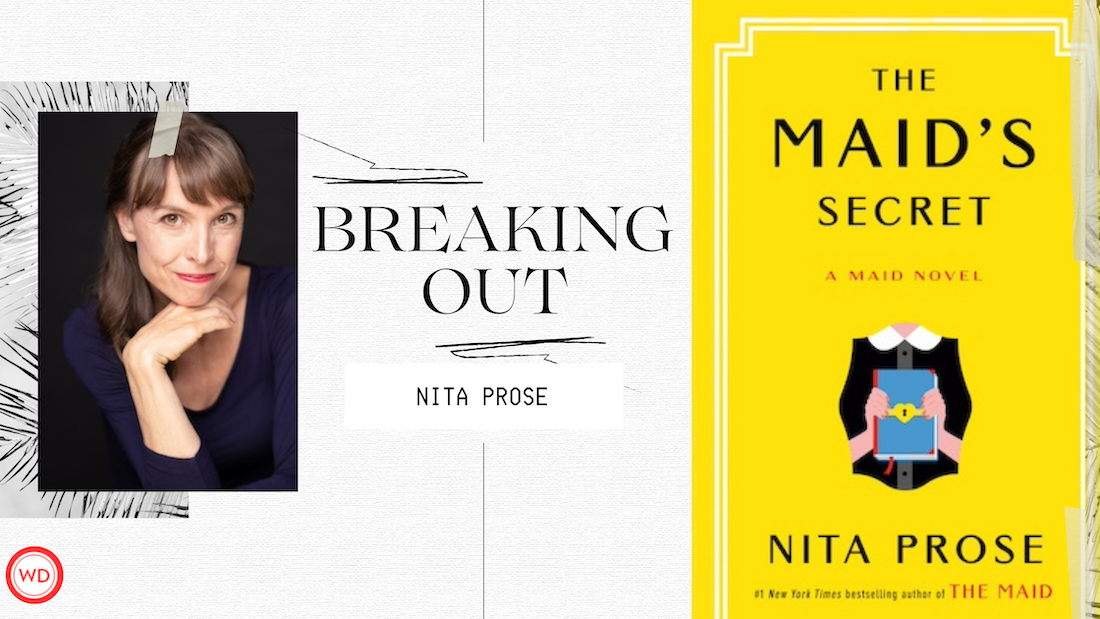6 Things I Learned From Un-Trunking My Novels and Getting Them Published
Author and journalist Randee Dawn shares six things she learned from un-trunking her novels and getting them published.
The End. Whether a writer actually types those words at the conclusion of a novel … they're a lie. Works of art, as they say, are never finished—only abandoned. Just take a work that an author says is finished and give them a week, a month or a year, and invariably they'll insist they now know how to make things better! Clearer! More relevant!
The fact is, few writers have the time or inclination to manage a story into whatever perfection might look like—and works that fail to find publishers can quickly end up relegated as "trunk" novels or stories. Once upon a time that meant stashing printed manuscripts into the bottom of a desk drawer, file cabinet, or trunk, often only to be unearthed posthumously.
And every writer has a trunk something. Not only that, virtually every writer has a trunk something that they believe in their secret heart could be made into something worth publishing. Then again, there are authors like eight-time Bram Stoker nominee Scott Edelman, who announced recently on social media that he'd shredded 4,000 pages of unpublished prose and poetry with no digital backups.
What happens, though, if you're not as confident as Edelman that your own trunk/drawer/cabinet works are better off as he put it, "confetti"? There are those of us who recoil at discarding anything—because the truth is, in publishing it can be as much about timing as it is about the prose. Two of my oldest novels (begun originally in the 20th Century), may have been cooling their jets for years—but they're both getting published in 2025: The Only Song Worth Singing and Leave No Trace.
So how does anyone know whether their "trunk" should be opened? And what do you do when you commit to tackling a story just one more time? Here are six things I learned when waking up my stories from hibernation.
1. Reading an old story is like revisiting your middle-school photos.
Let's be honest: Opening up a book or story you wrote five, 10—or longer—years ago is an exercise in humility. Whoever you were back then, you’re a better writer now. Flip through your old photo albums to the awkward adolescent stage (oversized glasses, metal braces, unfortunate trendy haircuts) and the feeling's the same. I went out in public like that? feels a lot like I showed this story to the world?
It’s gonna be tough. Take a deep breath. Understand that you might have originally written this at a time when, for example, you thought your characters didn’t need surnames—how bourgeois, surnames aren’t necessary, let’s just get to the story. I know someone who once thought that, and that someone was me.
2. Like the 3-D cubes we doodle on paper, that same story can suddenly flip around.
One miracle about a trunk novel is that after you get past the initial recoil reaction, you start to remember what it was about this story that moved you enough to devote hours upon hours putting it on paper (or into the computer). That motivating spark is almost certainly resting in there, and will still be there even if you "Ship of Theseus" the story by replacing every word with a brand new one.
Once you find that spark—and if you’re very, very fortunate, there will be a lot more than a spark in the story to scaffold revisions around—you know you’re ready to get started. After all, the awkward kid in the pictures was also worthy of love.
3. Getting started will be a matter of process, but finish the book or story first.
Read your story or book through at least once. Re-absorb it. If you have the ability, re-imagine how it all looked in your head when you first put it down. Make notes about what works, what can be reworked, and what can be trashed. Think of it it as adding kindling to that spark. Breathe on it until it becomes a fire, then a conflagration in your head. But get to the “the end” before starting a new beginning. The end might be your beginning.
4. Revealing your own evolution as a writer will give you confidence.
As I mentioned earlier, you’ve evolved as a writer since you put your story or your novel into a dark place. You need those surnames on your character because they do tell us things about who they are. Re-reading the book that would become The Only Song Worth Singing (which I originally wrote in college), I discovered just how much I tended toward overwriting. I had sentences like “she waved with her hand.” What else would you wave with?!
In an unexpected way, seeing the mistake I made—and now knowing how to fix it—was confidence-building. I could use the skills I’d acquired over the ensuing years to turn this story from something merely okay into something worth publishing. The Only Song ended up winning me an agent.
5. Find your inner vulture.
Everything is fodder for writers. If, having re-read your story, what you discover is that it really is beyond revival—that does not mean it has to go back into the dark places (or the shredder). Ideas, concepts, characters, and even whole scenes have value elsewhere. Take what works and find it a new home, or build a new home around it.
For many years Leave No Trace and The Only Song Worth Singing seemed destined for that hidden folder on my computer. But once I saw them as pieces in a much larger story, I started writing short pieces featuring peripheral characters in them—and those stories have since been published. There’s no shame in finding a tasty snack in your story’s carcass!
6. Ultimately, everything you write is also telling the story of you.
Even if you haven’t been writing regularly since you trunked your story, you have done some growing up. You have a greater understanding of the gray areas in which human beings exist; you have a concept of depth that your story may really be hungry for. If nothing else, you know more now.
The Only Song Worth Singing has an interesting history that intertwines the folk tales W.B. Yeats collected from around Ireland at the turn of the 20th Century with modern day musicians. But over the decades since I started writing it, Yeats’ methodology and possible fictionalization of those folk tales has come into question—discussions I found ways to weave into the back story of my fae character.
What might have seemed like a story-killer was in fact a way to add more layers and go deeper. The writer I was at 20 was there for the story itself; the writer I am many years later is also there for the resonance—and the discussion. There is no “end,” after all—not, at least, until I close the book on my own life. Stories, after all, want nothing more than to be told.
So tell them!
Check out Randee Dawn's The Only Song Worth Singing here:
(WD uses affiliate links)








